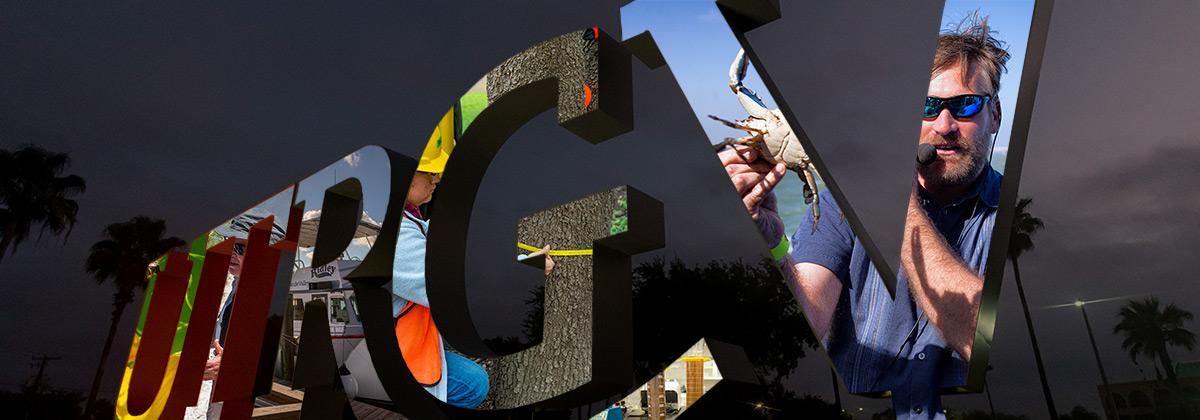
School of Earth, Environmental, and Marine Sciences Faculty Publications and Presentations
Document Type
Article
Publication Date
11-2015
Abstract
Microbial activity is one of the most important processes to mediate the flux of organic carbon from the ocean surface to the seafloor. However, little is known about the microorganisms that underpin this key step of the global carbon cycle in the deep oceans. Here we present genomic and transcriptomic evidence that five ubiquitous archaeal groups actively use proteins, carbohydrates, fatty acids and lipids as sources of carbon and energy at depths ranging from 800 to 4,950 m in hydrothermal vent plumes and pelagic background seawater across three different ocean basins. Genome-enabled metabolic reconstructions and gene expression patterns show that these marine archaea are motile heterotrophs with extensive mechanisms for scavenging organic matter. Our results shed light on the ecological and physiological properties of ubiquitous marine archaea and highlight their versatile metabolic strategies in deep oceans that might play a critical role in global carbon cycling.
Recommended Citation
Li, M., Baker, B. J., Anantharaman, K., Jain, S., Breier, J. A., & Dick, G. J. (2015). Genomic and transcriptomic evidence for scavenging of diverse organic compounds by widespread deep-sea archaea. Nature communications, 6, 8933. https://doi.org/10.1038/ncomms9933
Creative Commons License

This work is licensed under a Creative Commons Attribution 4.0 International License.
Publication Title
Nature communications
DOI
10.1038/ncomms9933


Comments
Copyright © 2015, Nature Publishing Group, a division of Macmillan Publishers Limited. All Rights Reserved.